Equity and diverse representation in scientific fields is a topic that continues to grow in importance. Despite representing half of the college-educated workforce, women only comprise 34% of the STEM workforce. A great way to encourage the participation of women in STEM fields is to celebrate and discuss with students the important contributions of women to the many fields of science.
For this activity, you’ll introduce students to Dr. Rosalind Franklin. As a physical chemist, researcher, and X-ray crystallographer, Dr. Franklin played a crucial role in the research and discovery of the double-helix structure of DNA. She also made valuable contributions to our understanding of the molecular structures of RNA and viruses.
In my view, all that is necessary for faith is the belief that by doing our best we shall succeed in our aims; the improvement of mankind.
Dr. Rosalind Franklin
Who Was Dr. Rosalind Franklin?
Rosalind Franklin was born on July 25, 1920, in Notting Hill, London. Even in her early years, Franklin was exceptionally bright and a quick learner. She spent time practicing math and playing cricket and hockey. In school, she excelled in science, Latin, and sports while also learning to speak German and French.
After graduating high school in 1938, she attended Newnham College in Cambridge. There, she studied chemistry and was awarded second-class honors on her final exams, which was accepted as a bachelor’s degree. She then worked and conducted research on viruses and coal, for which she was awarded a Ph.D. in 1945.
In 1950, Dr. Franklin was granted a three-year fellowship to work at King’s College London. Using her foremost expertise in crystallography and X-ray diffraction, she directed her attention to DNA fibers. Franklin and her student, Raymond Gosling, took focused images of DNA over several days. Within this research set was Photo 51, the clearest physical proof at the time of the double-helical structure of DNA.
Unfortunately, Franklin passed away at age 37 from ovarian cancer. She did not receive proper credit for her contributions to the scientific community and DNA research during her lifetime. While scientists James Watson and Francis Crick received the Nobel Prize for their theoretical model of the double-helical structure of DNA, Dr. Franklin’s image and calculations were the critical information they needed to prove their theory.
Dr. Franklin’s story demonstrates the value of passion and hard work, and her contributions to scientific research have forever changed our understanding of the building blocks of living things.
5 Facts About Dr. Rosalind Franklin
Here are several fun facts about Dr. Rosalind Franklin to share with your students.
- During World War II, before she began her studies in DNA, Franklin studied the holes in coal.
- She enjoyed backpacking and travel, taking several trips to France and backpacking through the French Alps.
- Dr. Franklin experienced sexism and hostility throughout her career, often due to her studious and industrious personality.
- She was born in Notting Hill, London, to a wealthy Jewish family that helped settle Jewish refugees from Europe who had escaped the Nazis.
- Franklin was never officially awarded the Nobel Prize for her work in discovering the helical structure of DNA. She passed away before the scientists who presented the research (Maurice Wilkins, Watson, and Crick) received the award.
Quick Group Discussion Questions
After sharing this information about Rosalind Franklin and her achievements, break students into small groups. Have them answer the following questions, then share their thoughts with the class.
- Dr. Rosalind Franklin was passionate about science and physical activity when she was young. Her life is proof that hard work and hobbies can work together. Do you have a hobby or passion that you hope to continue growing throughout your life?
- In her career, Franklin received criticism for her perfectionism and work-focused personality. Do you ever feel pressured to change your personality? How can we better encourage others to be themselves and follow their passions?

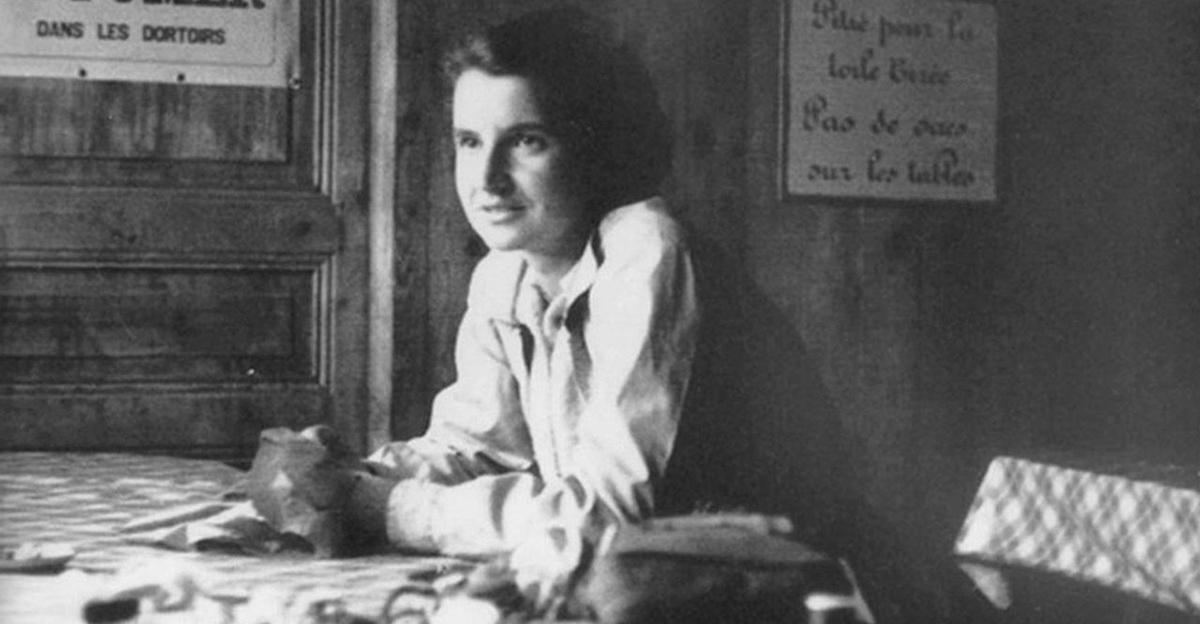
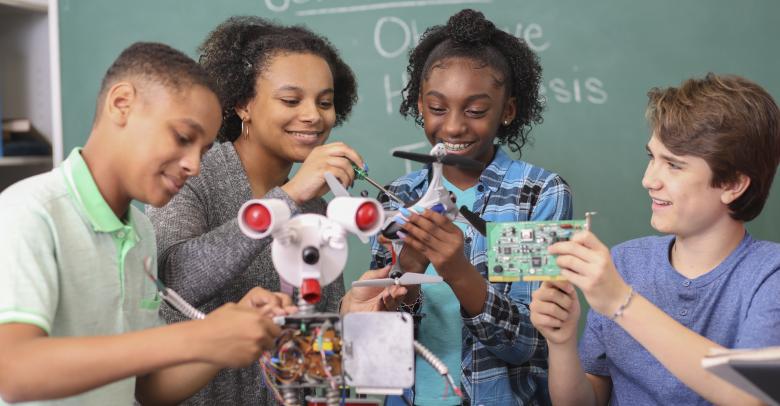
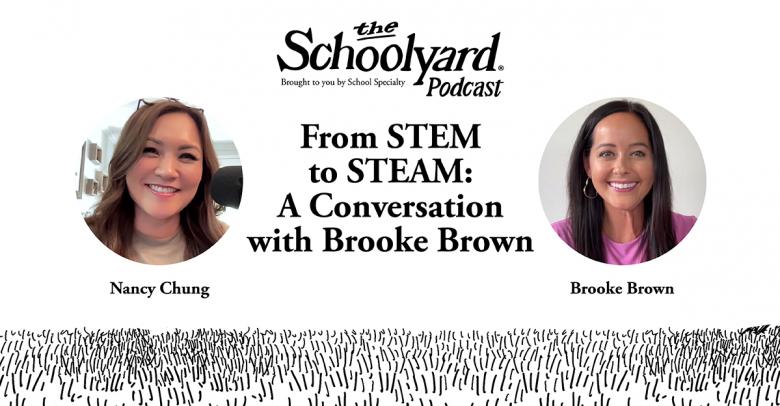
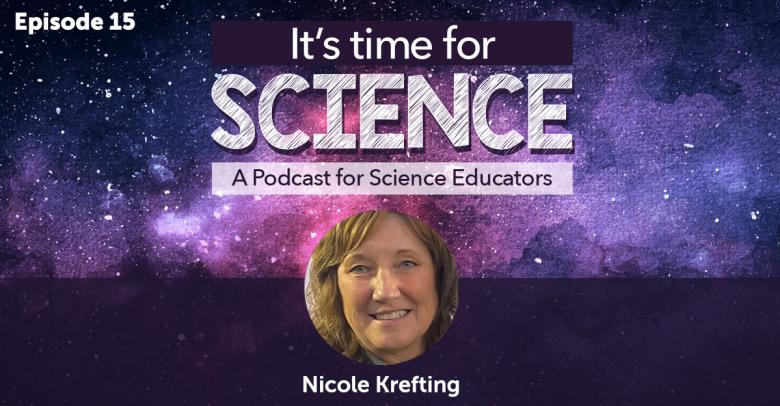
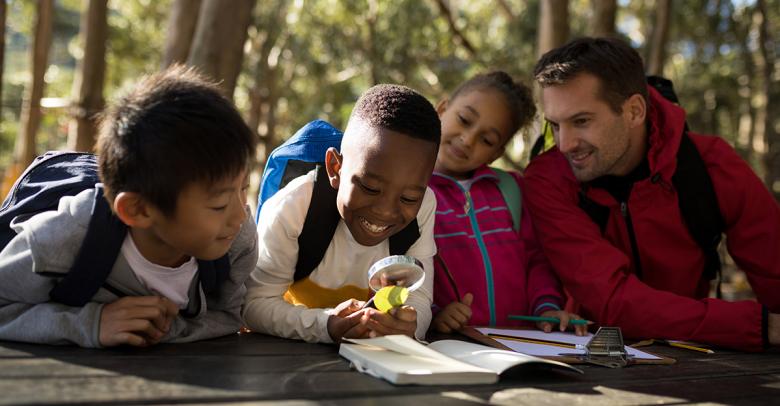
Leave a Reply